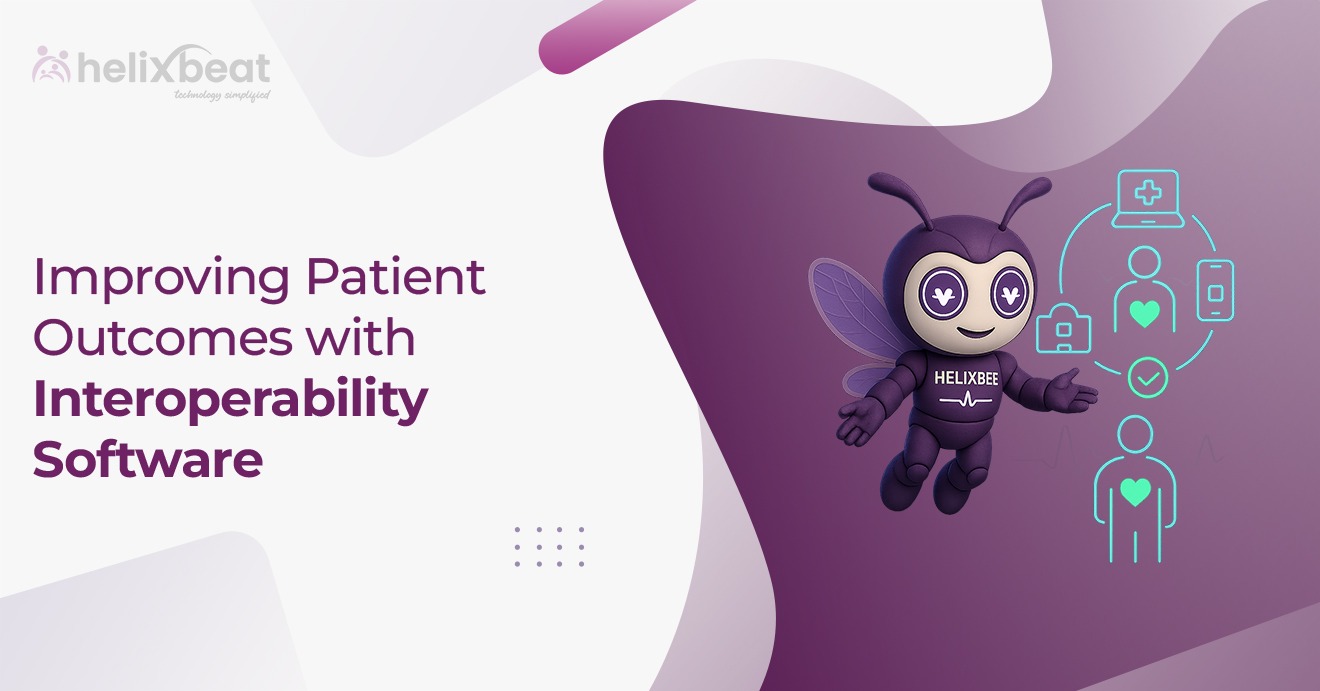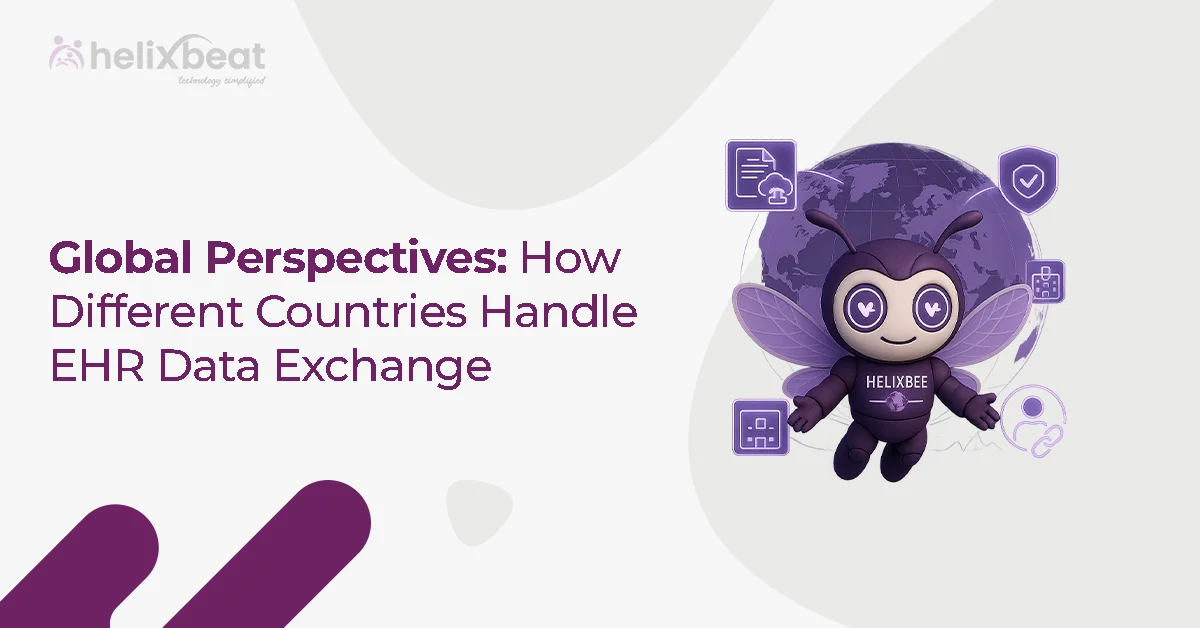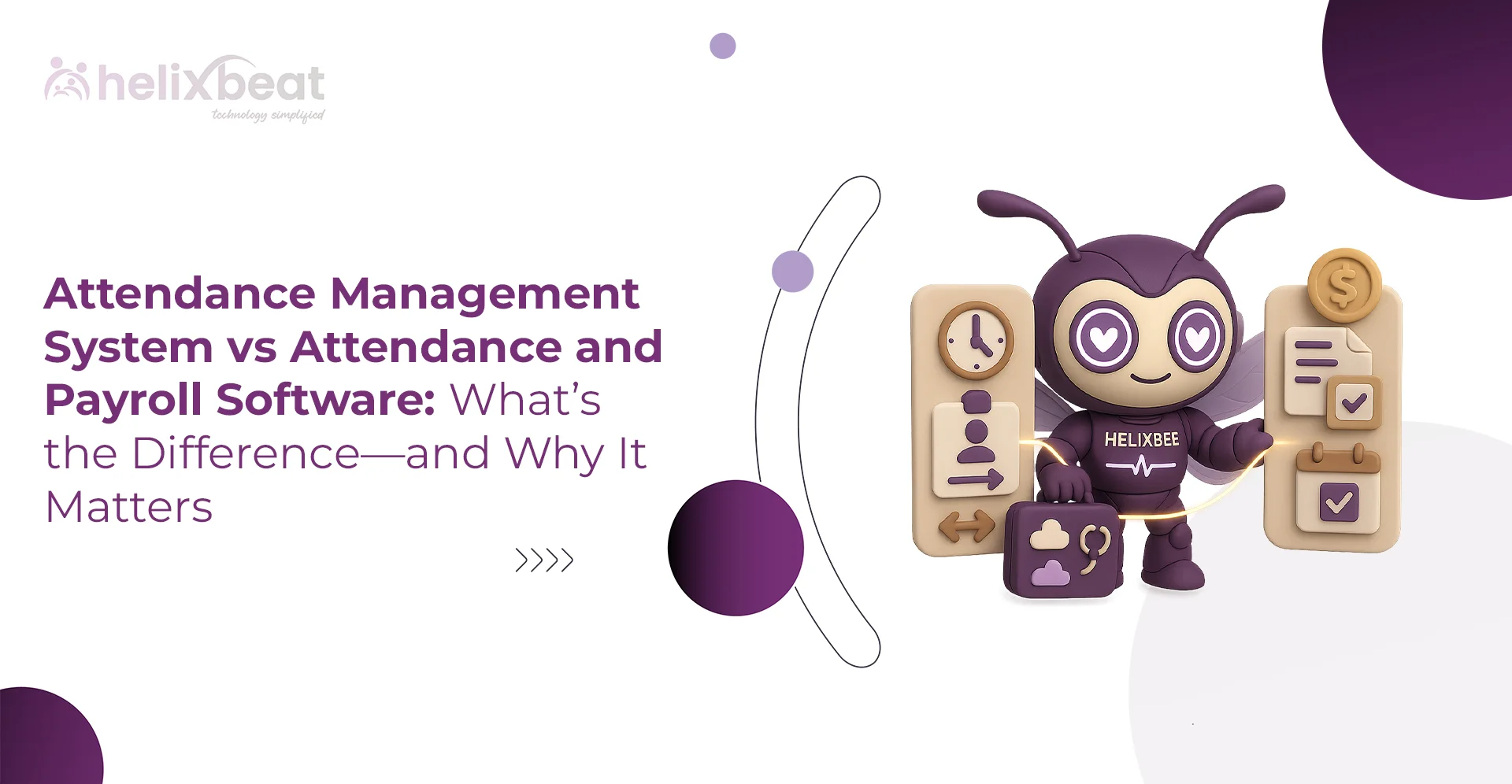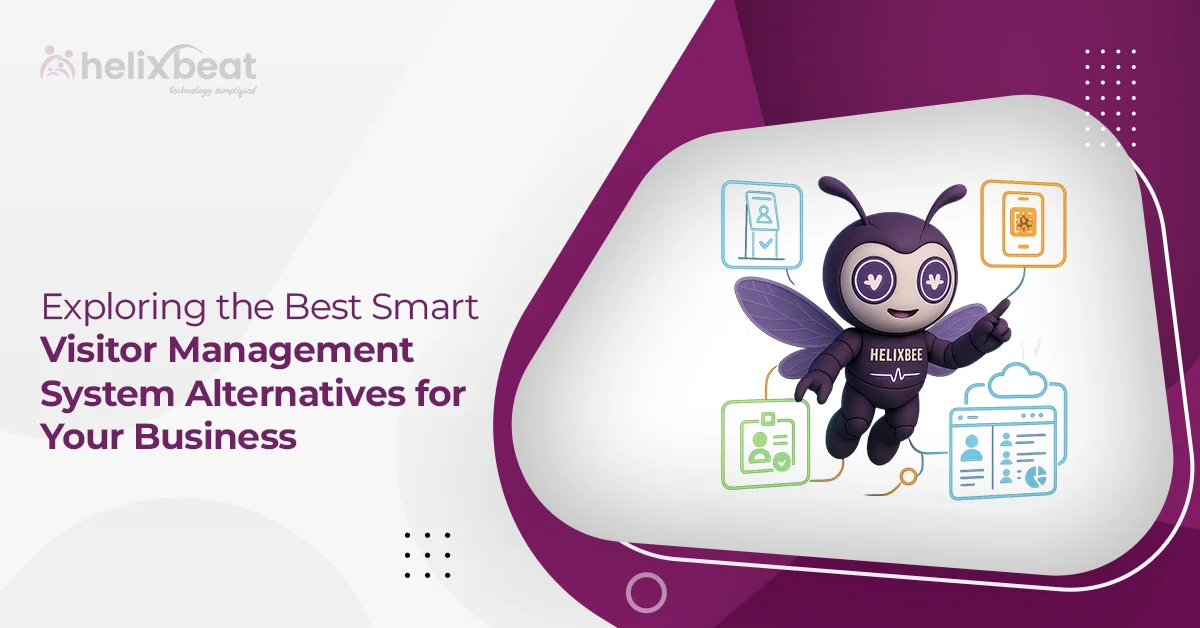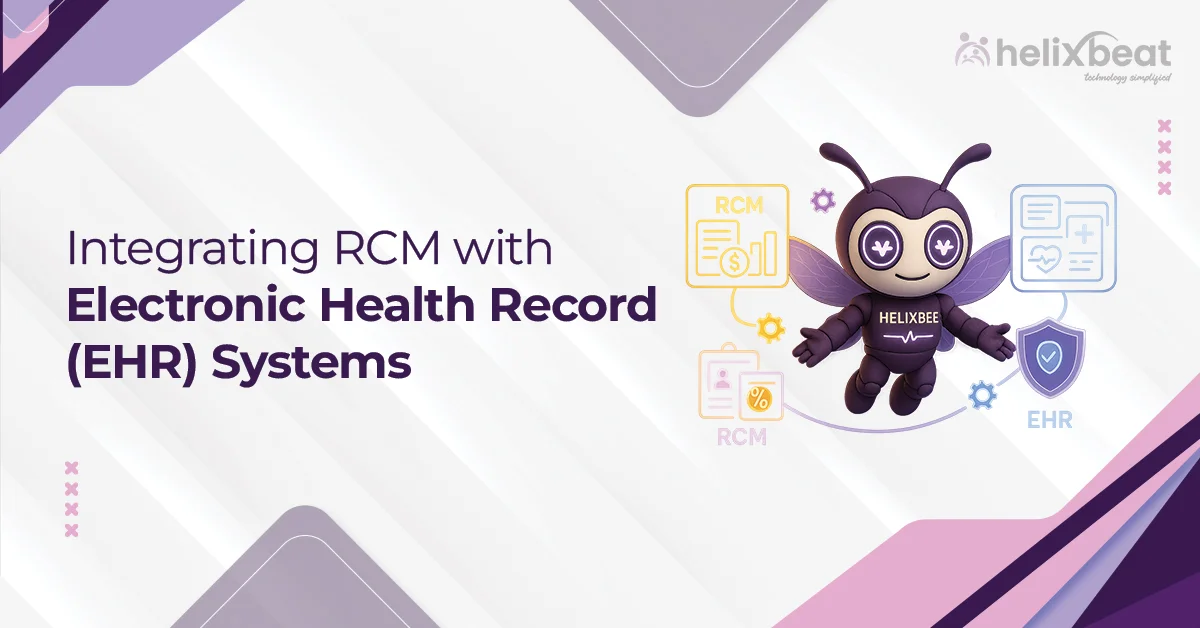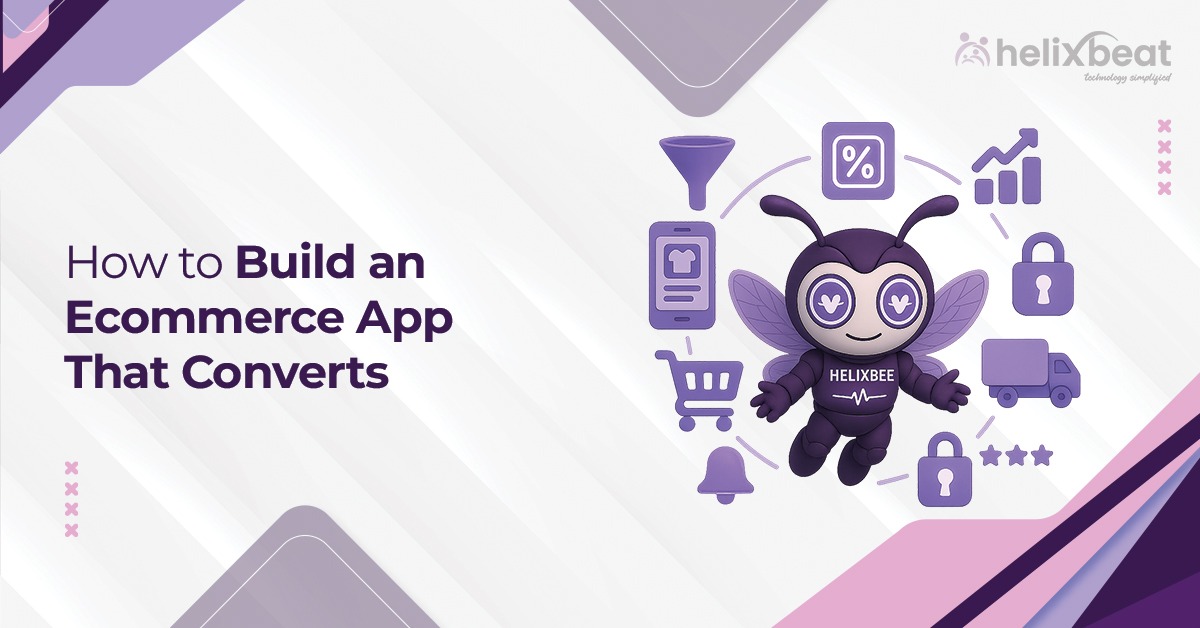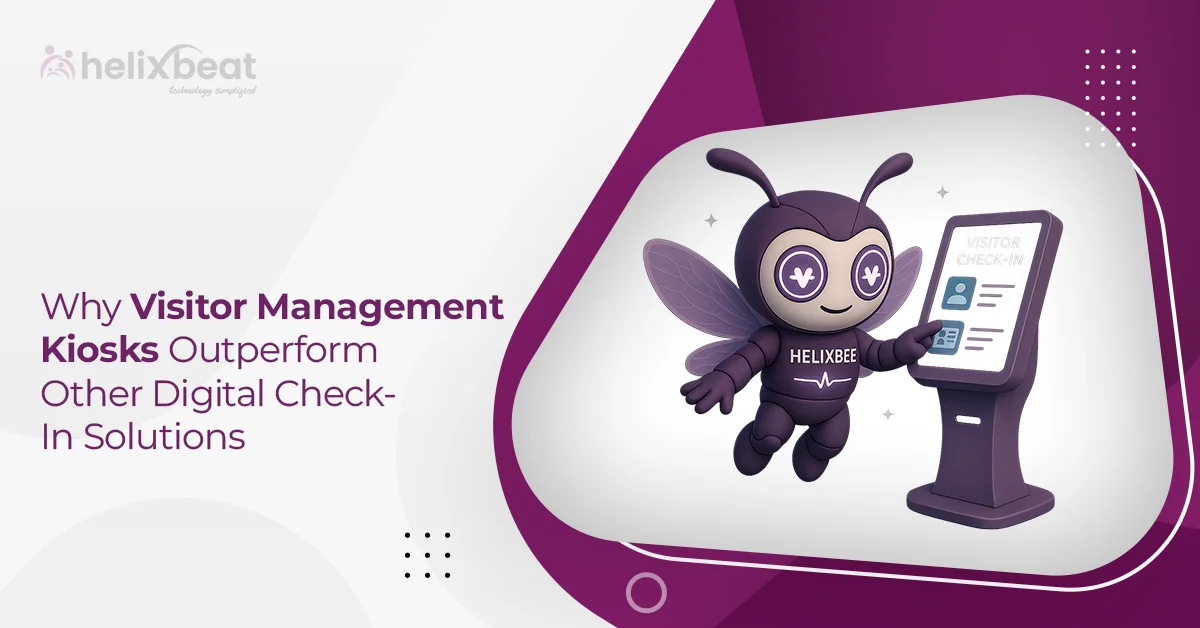Patients today often see multiple doctors across different clinics and hospitals. Each visit generates new records, test results, and notes. Without a way to connect these pieces, care can feel scattered. This is where healthcare interoperability software steps in. It acts as a bridge, allowing various health systems to share data smoothly and securely.
Think of it like a shared digital notebook that everyone on a patient’s care team can read and update in real time. This simple connection leads to big changes. Doctors make quicker, smarter choices. Patients get treatments tailored just for them. In this blog, we’ll explore how healthcare interoperability software transforms care, backed by examples.

Table of Contents
What Is Healthcare Interoperability Software?
Healthcare interoperability software enables different health tech systems to work together. Imagine your phone syncing contacts across apps—that’s the idea, but for medical info. It covers electronic health records (EHRs), lab systems, billing software, and even wearable devices.
This software adheres to standards like FHIR (Fast Healthcare Interoperability Resources), a simple method for packaging and transmitting data. Hospitals and clinics use it to pull in a patient’s full history from anywhere.
Why does this matter? Fragmented data leads to gaps. For example, a doctor might miss allergies or recent medications, which could put the patient at risk. Healthcare interoperability software addresses this issue by providing a clear and up-to-date view of each patient. As a result, it also lets patients check in on their health through apps, which builds trust and gets them more involved. In short, it’s the glue holding modern care together.
Ways Healthcare Interoperability Software Boosts Patient Outcomes
Healthcare interoperability software excels in everyday care by tackling common pain points. Let’s break down the main wins.
1. Speeds Up Diagnosis and Treatment
Time is critical in health. Delays in getting test results or histories can stretch waits from hours to days. Healthcare interoperability software changes that. It lets providers grab data instantly, like lab reports from a recent scan at another clinic.
Imagine a patient rolls in with chest pain. Without shared data, the team starts from scratch: repeating tests, burning time. With interoperability, they see past EKGs and meds right away. This quick access cuts unnecessary repeats. One analysis found it could save $1.5 billion yearly by avoiding duplicate tests alone.
Patients feel the difference too. A World Health Organization report notes that data-driven choices can increase treatment success by 30%.
2. Cuts Down on Medical Errors
Up to 3 million preventable bad events happen each year in the U.S., costing $17 billion and nearly 100,000 lives. Many stem from missing info, like outdated allergy lists. Healthcare interoperability software addresses this by syncing records across systems.
In one study, 18% of safety issues were tied back to poor data links. But when systems connect, alerts pop up for risks, like drug clashes. For pumps delivering medication, linked software reduced false alarms by 22% and required fewer fixes by 20%. That’s fewer mix-ups and safer doses.
Medication lists match better, too. Discrepancies drop from 64% with spotty shares to near-perfect when data flows freely. Overall, this results in fewer hospital readmissions and quicker recovery.
3. Strengthens Care Team Coordination
Care isn’t solo—it’s a team sport with doctors, nurses, specialists, and even family. That’s why healthcare interoperability software enables everyone to see the same page.
For transitions, like from hospital to home, shared notes prevent slip-ups. Only about one in three hospitals fully exchanged data in recent years, but those that do see smoother handoffs. This closes gaps where problems can grow, such as missed follow-ups.
In chronic care, it shines brighter. Teams track progress together—say, a heart patient’s cardiologist sees PT notes instantly. This coordination boosts recovery odds. Additionally, patients report feeling supported, rather than feeling lost in the shuffle.
4. Supports Personalized Care Plans
Healthcare interoperability software gathers the full story—genetics, lifestyle, past responses—to craft custom paths.
With a 360-view, docs tailor advice. For cancer, it pulls scans and trials data for precise therapies. This personalization lifts outcomes, as seen in better chronic management. Patients are also more engaged when they can see their records on portals, which often leads them to ask questions.
AERIS: Streamlining Data for Smarter Care
AERIS by Helixbeat is a state-of-the-art healthcare interoperability software designed to make data exchange across systems smoother and more efficient. It effortlessly brings together patient information from various sources, helping healthcare providers deliver more accurate and timely care.
With HL7 and FHIR, AERIS facilitates secure, real-time data sharing across platforms, improving decision-making and operational efficiency. As a result, healthcare organizations can manage patient records with ease, reduce administrative tasks, and foster better collaboration—all while staying in line with HIPAA regulations.
Final Thoughts
Healthcare interoperability software stands as a quiet hero in medicine. It weaves data into a tapestry of informed, connected care. From dodging errors to crafting personal plans, its touch raises outcomes across the board. As adoption grows, patients benefit from safer, swifter, and smarter journeys.
FAQs
1. How does healthcare interoperability software improve patient outcomes?
By streamlining data sharing, AERIS helps healthcare providers make quicker decisions, reduce errors, and coordinate care more effectively, leading to better patient outcomes.
2. Can healthcare interoperability software reduce medical errors?
Yes, by syncing patient data across systems, AERIS minimizes the chances of missing critical information like allergies or medications, thereby reducing preventable medical errors.
3. How does interoperability software improve care team coordination?
By allowing doctors, nurses, and specialists to access the same patient data, AERIS facilitates better care coordination, particularly during transitions or in the management of chronic care.
4. What is AERIS by Helixbeat?
AERIS is a healthcare interoperability software that helps healthcare providers exchange data smoothly, enabling more accurate and timely care while improving operational efficiency.
5. How does healthcare interoperability software contribute to cost savings?
By reducing duplicate tests, streamlining care coordination, and minimizing medical errors, interoperability software can save millions of dollars annually in healthcare costs.



